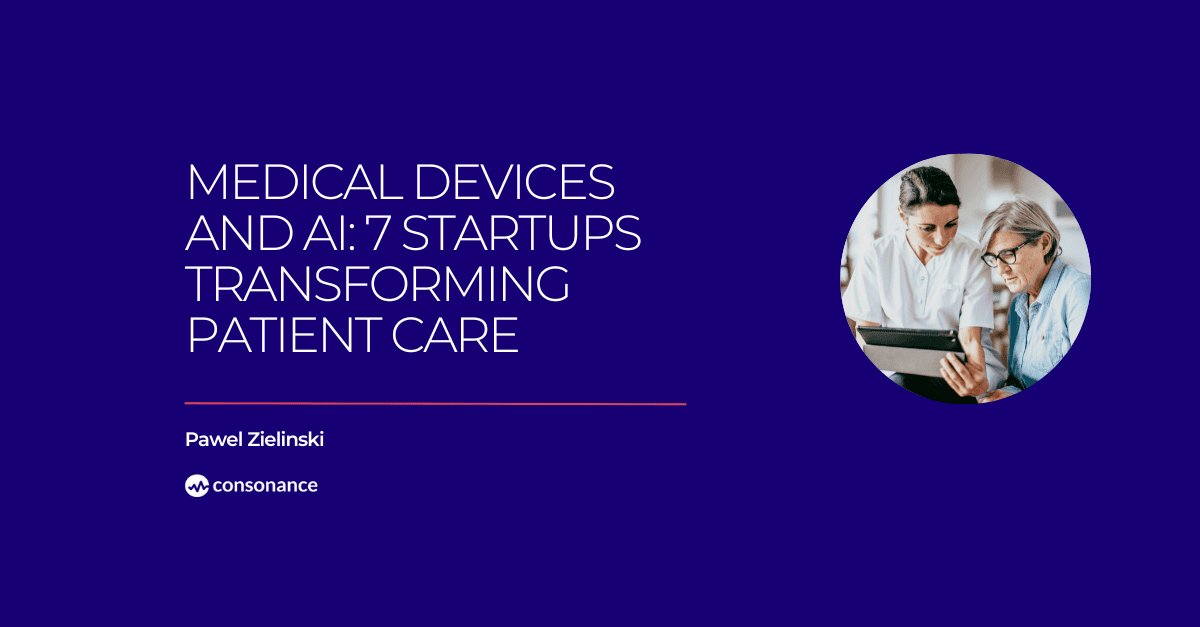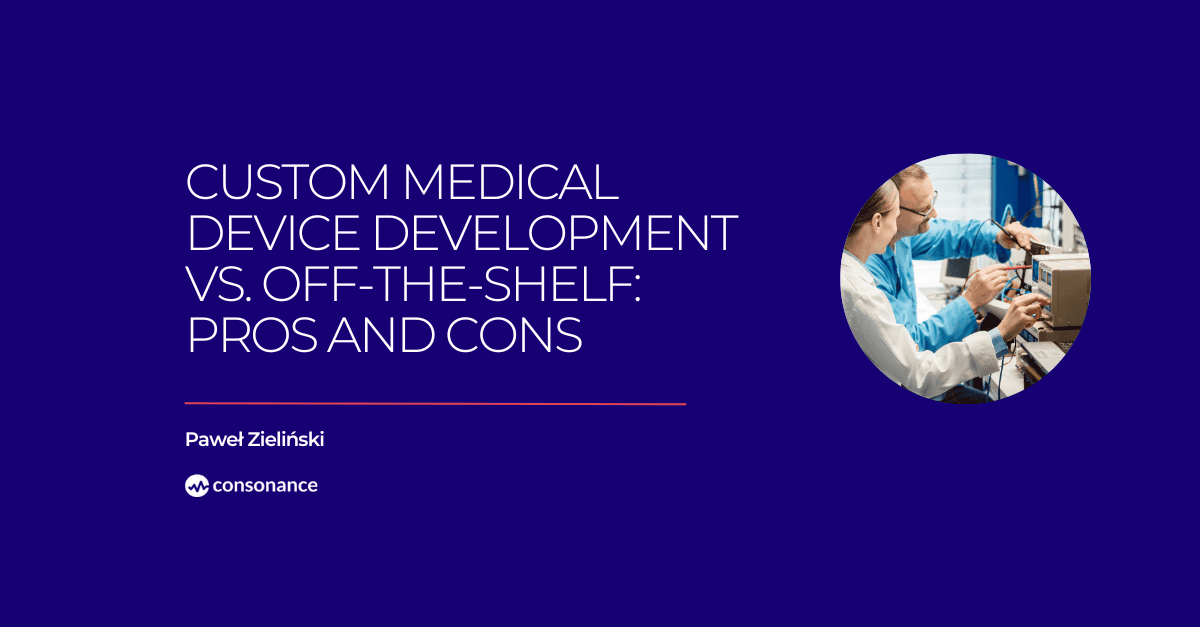Blog
 The demand for home-based healthcare is steadily increasing, driven by several key factors. On the one hand, we are witnessing the effects of an aging population in developed countries; on the other, access to hospital-based healthcare remains limited or prohibitively expensive in many parts of the world. In our subjective ranking, we highlight five home-based healthcare startups that deserve recognition for their innovation and real-world impact on the future of care.
The demand for home-based healthcare is steadily increasing, driven by several key factors. On the one hand, we are witnessing the effects of an aging population in developed countries; on the other, access to hospital-based healthcare remains limited or prohibitively expensive in many parts of the world. In our subjective ranking, we highlight five home-based healthcare startups that deserve recognition for their innovation and real-world impact on the future of care.
 Consonance has recently joined forces with Rubik Garage, a leading Romanian accelerator program run by Rubik Hub, to drive MedTech startup acceleration across Central and Eastern Europe. As part of this partnership, Consonance becomes Rubik Garage’s MedTech partner, offering technical and strategic support to help healthcare startups move from idea to market-ready medical devices.
Consonance has recently joined forces with Rubik Garage, a leading Romanian accelerator program run by Rubik Hub, to drive MedTech startup acceleration across Central and Eastern Europe. As part of this partnership, Consonance becomes Rubik Garage’s MedTech partner, offering technical and strategic support to help healthcare startups move from idea to market-ready medical devices.
 Bringing a medical innovation to life is an exciting journey. Every year, innovators dream of creating devices that can improve patient care and transform healthcare. But turning an initial idea into a market-ready medical device requires more than imagination, it requires strategy, planning, and understanding the path from concept to certification.
Bringing a medical innovation to life is an exciting journey. Every year, innovators dream of creating devices that can improve patient care and transform healthcare. But turning an initial idea into a market-ready medical device requires more than imagination, it requires strategy, planning, and understanding the path from concept to certification.
 If you’re here you probably asked yourself is MedTech prototyping such a big deal in the development process? Some medical devices, at least externally, aren’t that complicated after all. Or are they? Before a medical device reaches the market, it must go through a demanding journey filled with technical challenges and critical design decisions.
If you’re here you probably asked yourself is MedTech prototyping such a big deal in the development process? Some medical devices, at least externally, aren’t that complicated after all. Or are they? Before a medical device reaches the market, it must go through a demanding journey filled with technical challenges and critical design decisions.
 The European Innovation Council (EIC) mission is to accelerate the transformation of research results into real market solutions and to back startups developing high growth potential technologies, particularly in the field of deep tech. The EIC fosters an environment conducive to innovation by combining capital investment, mentoring, and collaboration within innovation ecosystems. In this article, we present a selection of breakthrough EIC-backed MedTech Startups that have either qualified as beneficiaries of EIC programs or received the prestigious Seal of Excellence.
The European Innovation Council (EIC) mission is to accelerate the transformation of research results into real market solutions and to back startups developing high growth potential technologies, particularly in the field of deep tech. The EIC fosters an environment conducive to innovation by combining capital investment, mentoring, and collaboration within innovation ecosystems. In this article, we present a selection of breakthrough EIC-backed MedTech Startups that have either qualified as beneficiaries of EIC programs or received the prestigious Seal of Excellence.
 Every day spent at a patient’s bedside brings new experiences. Thousands of hours of work, observation, and conversations… You’ve probably wondered more than once if there should be a market solution for some of your patients’ ailments – but in reality, there isn’t one. Have you ever thought about what you could do in such a situation?
Every day spent at a patient’s bedside brings new experiences. Thousands of hours of work, observation, and conversations… You’ve probably wondered more than once if there should be a market solution for some of your patients’ ailments – but in reality, there isn’t one. Have you ever thought about what you could do in such a situation?



